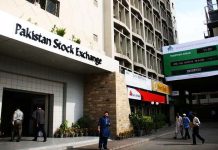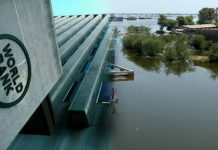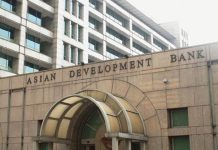By Arsalan Ali
ISLAMABAD: Policies promoting socioeconomic development and redistribution of resources help reduce disparity worldwide. However, in sharp contrast, the focus of policies in Pakistan has been on reducing absolute poverty, which needs to be redirected towards addressing the widespread inequality, reports WealthPK.
Having been ignored in the past, socioeconomic disparity and inequality have now emerged with expanded dimensions and perseverance in Pakistan, and the recent floods have exacerbated it further.
Talking to WealthPK, Ali Kemal, Chief of SDGs at the Ministry of Planning, Development and Special Initiatives, said socioeconomic development and redistribution policy is the correct way to reduce inequality as well as poverty in a sustainable manner. Redistribution of public expenditure and productive assets is used to address inequality.
‘’China and India both have adopted the redistribution of public expenditure approach. The central idea behind these approaches is that as growth increases, government revenue also increases proportionally than after revenue has been spent on the social welfare programs,’’ Kemal said.
“’The redistribution of productive assets approach is largely determined by the distribution of productive assets like credit, labour, skills, and capital. This not only reduces inequality, but also spurs innovation and growth. The government is also striving to improve access to productive assets such as education, employment, and investment for all segments of the population. This would help the vulnerable groups lacking access to basic necessities,’’ he added.
Kemal further said ‘Pakistan Vision 2025’ prioritizes investment in human capital and social services to address geographical inequality through the vision of shared prosperity.
He said sustainable development goals were adopted as national development goals in 2016 to bring equity through inclusivity, adding that besides Goal 10: Reduced inequalities, all the goals were based on the principle of equity through inclusivity, which helped reduce inequality.
Kemal said through coordinated and catalytic utilization of resources in close collaboration with the provinces, the private sector, donor agencies, and international development partners, the Government of Pakistan aims to uplift the lesser developed and underserved districts of the country.
He said inequality between the poor and the rich will increase further due to the recent calamities. Poor people now face extreme poverty and hundreds of thousands of families have moved below the poverty line. To help the flood-affected families, the government distributed Rs66 billion among families across the country through the Benazir Income Support Program (BISP). The program targets women and distributes cash to all households, which increases gender empowerment since women spend money on their family members.
‘’To reduce inequality, we need to focus on socioeconomic justice through inclusive human development. Pandemics and Covid-19 besides the recent flooding have exposed a gap in development on a regional, provincial, and national level,’’ said the planning ministry official.
The National Human Development Report 2020 explicitly shows that the poorest 1% of the country’s population hold 0.15% of the national income. This is compared to the richest 1% who own 9% of it. This 1% also holds 26.4% of all personal bank deposits, more than 20% of farmland, and 16% of residential property.
The World Inequality Report 2022 shows that in every large region of the world with the exception of Europe, the share of the bottom 50% in total earnings is less than 15% (less than 10 in Latin America, Sub-Saharan Africa, and MENAS region) whereas the share of the richest 10% is over 40% and in many of the areas closer to 60%.





